LAST UPDATED: 3/1/24 – The Ultimate Tanzania Safari Itinerary
Ever since Doctor David Livingstone ventured into the interior of Africa in search of the origins of the Nile River, people from around the world have been curious about the animals and landscapes on this beautiful continent. In many ways, the Tanzania that Livingstone explored has changed a great deal since his time, but in other ways, it is much the same.
The same incredible animals that he ran into and some of the beautiful landscapes that he traversed can still be enjoyed by visitors. Many of those landscapes are on my Tanzania safari itinerary and are some of the best places in all of Africa to see those incredible animals that Livingstone encountered.
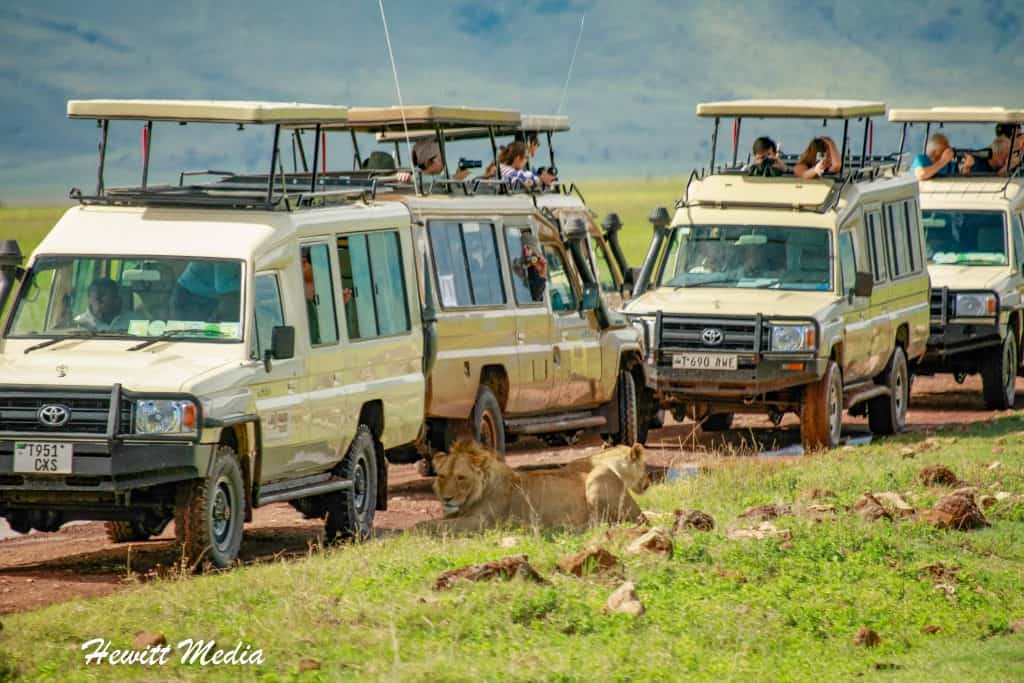
Located in Southeastern Africa, the country of Tanzania is a wildlife traveler’s dream. It is home to many of Africa’s most amazing animals, has some of the world’s best wildlife viewing destinations, and is home to Africa’s tallest mountain.
In my Tanzania safari itinerary, I am going to help you start planning your safari trip to Tanzania by outlining some of the country’s top parks, helping you decide what time of year to plan your trip, and showing you what my recommended Tanzania safari itinerary looks like.
Before You Go on Your Tanzania Safari
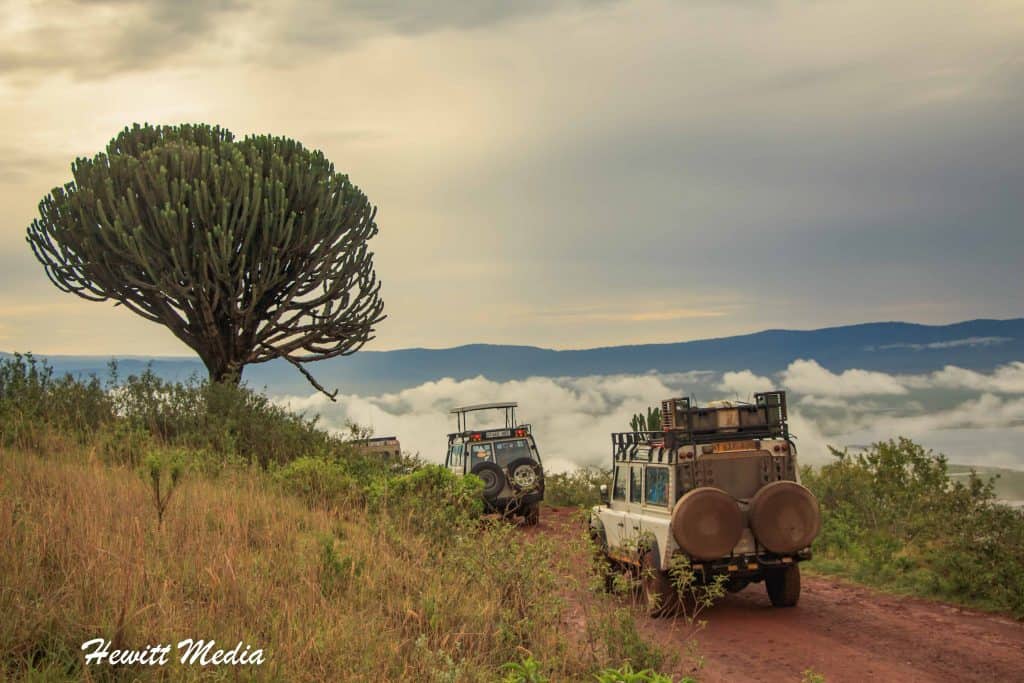
Planning a trip to Tanzania to go on safari can be an incredibly exciting experience, but it can also be a little stressful and overwhelming if you haven’t been to Africa before. If you are planning your first big safari adventure, let me first tell you how excited I am for you. Going on safari, especially in an amazing country like Tanzania, will be one of the most memorable experiences of your life. It only took one visit to Tanzania to get me hooked, and I am sure the experience will be the same for you.
To make the process of planning your Tanzania safari itinerary easier for you, I have included links to some of my most popular safari guides for you to review below. If this will be your first time visiting Africa, I would strongly suggest you review my article on the 20 Tips for Those Visiting Africa for the First Time.
Even if you have been to Africa before, my Safari Packing Guide will help ensure that you have all of the gear and equipment with you to make sure your safari experience is a safe and memorable one. Finally, my Safari Photography Guide will give you plenty of valuable tips and tricks for photographing the wildlife that you see while on safari in Tanzania. Armed with this information, you can be sure that you will capture top-notch photographs to share with your family and friends.
| READ MORE: |
 |
| 20 Tips for Those Visiting Africa for the First Time |
| READ MORE: |
 |
| Tips for Photography on African Safaris |
| READ MORE: |
 |
| The Essential Safari Packing List |
Choosing Which Parks in Tanzania to Visit
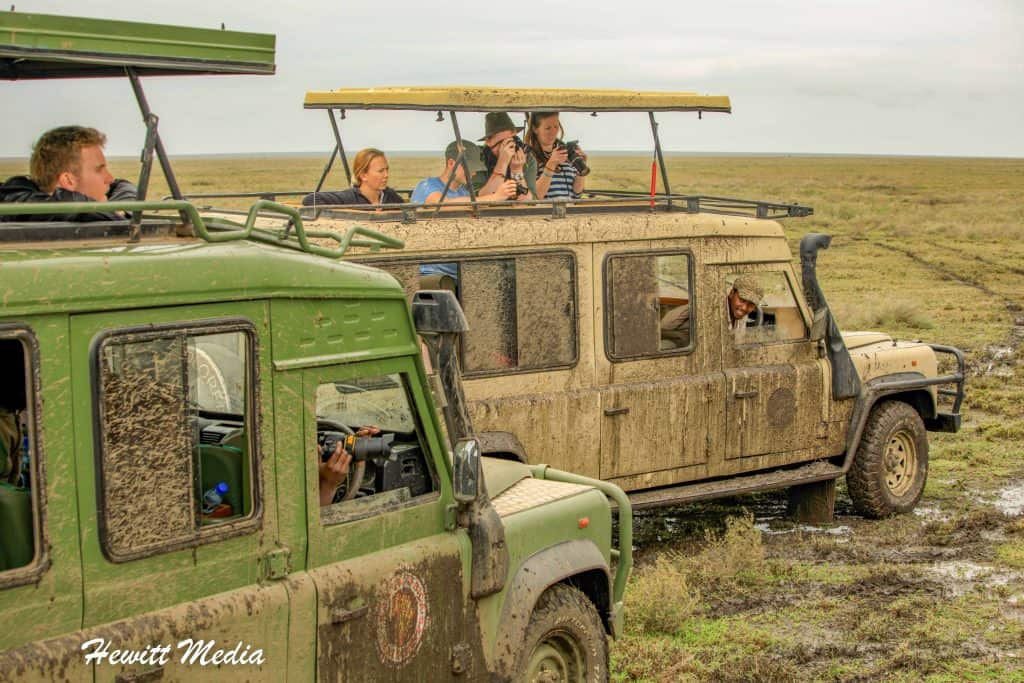
One of the biggest decisions that you will need to make when starting to plan your Tanzania safari itinerary is which of Tanzania’s parks and wildlife areas you will visit during your trip. In this Tanzania safari guide, I include a map of all of Tanzania’s protected areas and my choice of Tanzania’s top national parks to visit.
I also outline each of these parks and discuss what the pros and cons of visiting each park are, what animals you can expect to see when you visit each park, and what time of year it is best to visit each park.
However, as you start to put together your Tanzania safari itinerary, you might have certain animals, landscapes, or events that you want to be sure to see while in Tanzania. For this reason, I have put together this quick reference guide to help you determine which park(s) are best for seeing certain things.
Simply click on the name of the animal or other category below to see which of Tanzania’s parks I would recommend adding to your Tanzania safari itinerary to give yourself the best chance of seeing those animals, landscapes, or events.
Click on the animal or park attribute below to learn more
Elephants
Several of Tanzania’s national parks consistently have elephants for visitors to spot while on safari. The Ngorongoro Crater is a great spot to see large bull elephants, who migrate to the crater to feed between breeding seasons.
Ruaha National Park is also a great place to spot large groups of elephants while on safari, though your best chance of seeing them in the park is during the dry season when animals are forced to congregate near the remaining watering holes.
If you want to see elephants up close in the wild, then the park you want to make sure you have on your Tanzania safari itinerary is Lake Manyara National Park. The wildlife in the park is more concentrated than in other parks, so up-close animal experiences are more common.
However, the best park to see elephants in Tanzania is undoubtedly Nyerere National Park and the nearby Selous Game Reserve. The park is on the annual elephant migration route and you will find thousands of elephants in the park during their migration.
Lions
If spotting lions while on safari in Tanzania is your ultimate goal, then there are plenty of great destinations for you to choose from to accomplish that goal. Except for Gombe Stream, Mahale Mountains, Arusha, and Kilimanjaro National Parks, the rest of the parks that I highlight in this Tanzania safari itinerary offer a lot of great opportunities to spot lions.
As the home to the Great Migration, the Serengeti National Park has some of the highest concentrations of lions in Africa. If you would like a unique lion-viewing experience, I would also suggest checking out Lake Manyara National Park and its famous tree-climbing lions.
However, the best place to visit to be assured of spotting lions while on your safari is the Ngorongoro Crater. With grazing animals in the crater year-round, the lion prides that occupy the crater are typically very easy to find.
Black Rhino
As one of the most endangered animals in Africa, the Black Rhino isn’t an easy animal to find while on safari almost anywhere in Africa. Lucky for you, Tanzania is home to one of the best destinations in Africa for viewing Black Rhinos in the wild.
Because it is an enclosed and protected space, the rhinos living in the Ngorongoro Crater are much better protected from poachers than other locations in Tanzania and the rest of Africa. That is why the crater is one of the few places left in Africa where you can view these beautiful creatures in the wild.
Chimpanzees
For those travelers who have their heart set on seeing wild chimpanzees while on safari, then you will want to be sure to add either Gombe Stream National Park or Mahale Mountains National Park to your Tanzania safari itinerary. Both parks offer incredible wild chimpanzee viewing opportunities but are also much more remote and harder to get to than some of the other parks I highlight in this itinerary.
Gombe Stream was made famous by Jane Goodall, who did most of her chimpanzee research in the park, but Mahale Mountains is my favorite pick for chimpanzee enthusiasts. Not only does it offer some of the best chimpanzee tracking in Tanzania, but there is a greater diversity of other wildlife in Mahale Mountains National Park than there is in Gombe Stream National Park.
Cheetahs
While the number of lions and leopards in the infamous Serengeti number is in the thousands, there are only a few hundred cheetahs to be found in the famed park.
There is a chance that you will spot these magnificent predators while on safari in the Serengeti National Park, but you have a far better chance of spotting the speedy cats if you add Ruaha National Park or Tarangire National Park to your Tanzania safari itinerary.
Ruaha National Park is an especially good place to spot cheetahs, despite the large number of other predators, because the park is so large and it is easier for them to stake out territory away from lions and leopards.
Giraffe
If you love giraffes, then you will be delighted to know that most of the top parks in Tanzania offer excellent opportunities to view these beautiful animals. You probably won’t see giraffes when visiting Gombe Streams National Park and Mahale Mountains National Park.
Also, chances are that you won’t spot giraffes inside the Ngorongoro Crater, but you should see them in the surrounding areas of the Ngorongoro Crater Conservation Area. In my opinion, the best parks for spotting wild giraffes are the Serengeti National Park, Lake Manyara National Park, and Tarangire National Park, in order of likelihood of spotting the animals.
African Wild Dogs
Next to black rhinos, African wild dogs are some of the rarest animals that you will be able to spot while on safari in Tanzania. To see these rare and beautiful creatures, you will need to include the right parks on your Tanzania safari itinerary.
The best parks for seeing African wild dogs in Tanzania are Ruaha National Park and Nyerere National Park. If you visit the parks during the dry season when the animals are more concentrated around the watering holes, you have a good shot of spotting wild dogs in these parks.
Spotted Hyena
Spotted hyenas are another animal that you can find in many of Tanzania’s national parks and protected areas. Chances are, you won’t see these unique carnivores in Gombe Streams National Park and Mahale Mountains National Park, and they are rare in parks like Kilimanjaro National Park and Arusha National Park because of their proximity to the city.
However, in parks like the Serengeti National Park, Ngorongoro Crater, and Ruaha National Park, you have an excellent chance of spotting many hyenas.
Hippopotamus
Few animals in Africa are as incredible to see in the wild as the mighty hippopotamus. These massive and beautiful creatures spend most of their days wallowing in water to protect their delicate skin and then come out at night to feed on grass.
If you would like to see hippos while on safari, I would be sure to add a park with water to your Tanzania safari itinerary. Because it has a constant supply of water year-round, the Ngorongoro Crater would be the top park on my list for seeing hippos.
Other parks that offer a great opportunity to see these African wildlife icons include Lake Manyara National Park, Nyerere National Park, and Arusha National Park.
Wildebeest Migration
If you are interested in seeing the Great Migration while on safari in Tanzania, then you will definitely want to make sure that you add the Serengeti National Park to your Tanzania safari itinerary.
The Great Migration, in which upwards of 1.5 million wildebeest and other grazing animals follow the rain between the Masai Mara in Kenya down into the Serengeti in Tanzania and back each year, is one of the world’s most amazing wildlife viewing experiences.
In addition to being able to see millions of grazing animals in one place, the migration also attracts droves of Africa’s big predators to the Serengeti to feast upon them.
The migration reaches the Serengeti around December each year and the animals typically leave by March, so if you want to see the migration in Tanzania, you will want to plan your trip during that time.
Beautiful Landscapes
Tanzania is a country that is certainly not short on beautiful and breathtaking landscapes. All of the parks that I have included in this guide are incredibly beautiful and worthy of adding to your Tanzania safari itinerary.
However, if incredible landscapes are what you are after, then I would suggest considering Kilimanjaro National Park and Arusha National Park while in Tanzania. In addition to the wildlife that can be found in these parks, both parks offer unique and beautiful landscapes for visitors to enjoy.
Kilimanjaro is home to Mount Kilimanjaro, which is Africa’s tallest mountain and the world’s tallest free-standing mountain. Arusha National Park is home to the incredible Mount Meru and has a fig tree that is so large that you can drive a car through a tunnel in its trunk.
Deciding When to Plan Your Tanzania Safari
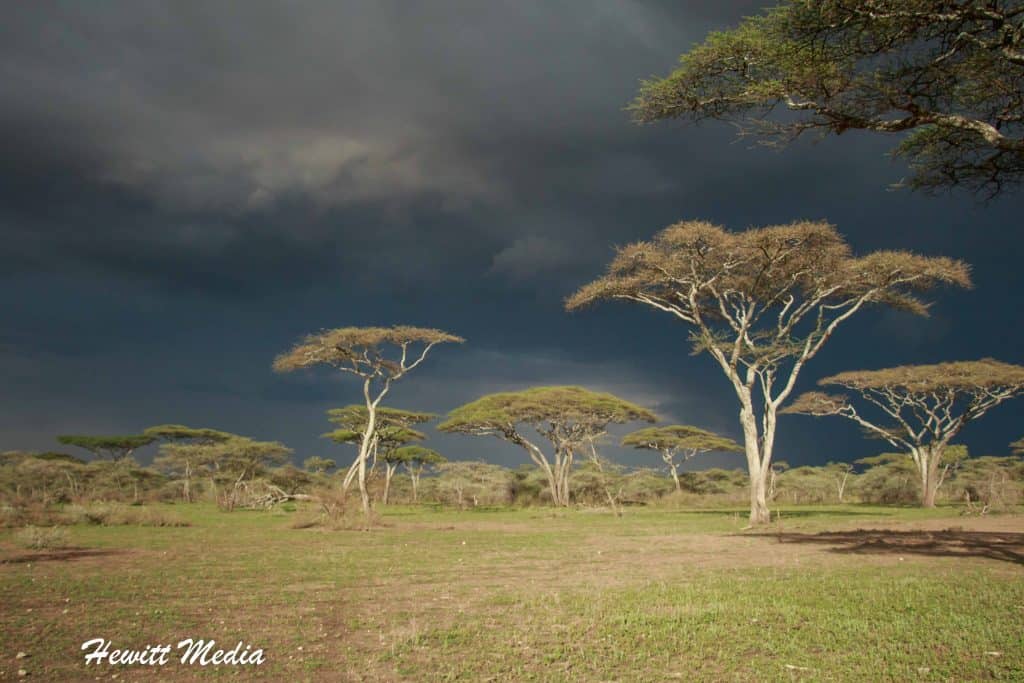
The parks that I have highlighted in this guide are located in different regions of Tanzania, so the best times to plan your Tanzania safari itinerary are going to vary slightly depending on which parks you visit.
For instance, parks like Gombe Streams, Ruaha, and Nyerere are much worse to visit in the rainy months of March and April than some of the other parks in Tanzania.
If you would like to see the Great Wildebeest Migration, then you will want to coordinate your visit for when the Wildebeest are in the Serengeti, which tends to be between December and March.
However, for the most part, the best times to go on Safari in Tanzania is going to be in July through October. These are the driest months of the year and the wildlife is much easier to spot because it is typically concentrated around the watering holes.
Keep in mind, that these are also typically the busiest months of the year for safari in Tanzania, so you might want to target the shoulder months of June or November to have your best shot at good weather and lighter crowds.
Best Times to Plan Your Tanzania Safari Itinerary
| Serengeti NP | JAN | FEB | MAR | APR | MAY | JUN | JUL | AUG | SEP | OCT | NOV | DEC | |
| Ngorongoro Crater | JAN | FEB | MAR | APR | MAY | JUN | JUL | AUG | SEP | OCT | NOV | DEC | |
| Tarangire NP | JAN | FEB | MAR | APR | MAY | JUN | JUL | AUG | SEP | OCT | NOV | DEC | |
| Lake Manyara NP | JAN | FEB | MAR | APR | MAY | JUN | JUL | AUG | SEP | OCT | NOV | DEC | |
| Arusha NP | JAN | FEB | MAR | APR | MAY | JUN | JUL | AUG | SEP | OCT | NOV | DEC | |
| Kilimanjaro NP | JAN | FEB | MAR | APR | MAY | JUN | JUL | AUG | SEP | OCT | NOV | DEC | |
| Gombe Stream NP | JAN | FEB | MAR | APR | MAY | JUN | JUL | AUG | SEP | OCT | NOV | DEC | |
| Mahle Mountains NP | JAN | FEB | MAR | APR | MAY | JUN | JUL | AUG | SEP | OCT | NOV | DEC | |
| Ruaha NP | JAN | FEB | MAR | APR | MAY | JUN | JUL | AUG | SEP | OCT | NOV | DEC | |
| Nyerere NP | JAN | FEB | MAR | APR | MAY | JUN | JUL | AUG | SEP | OCT | NOV | DEC | |
| = BEST | = GOOD | = FAIR | = POOR | ||||||||||
My Recommended Tanzania Safari Itinerary
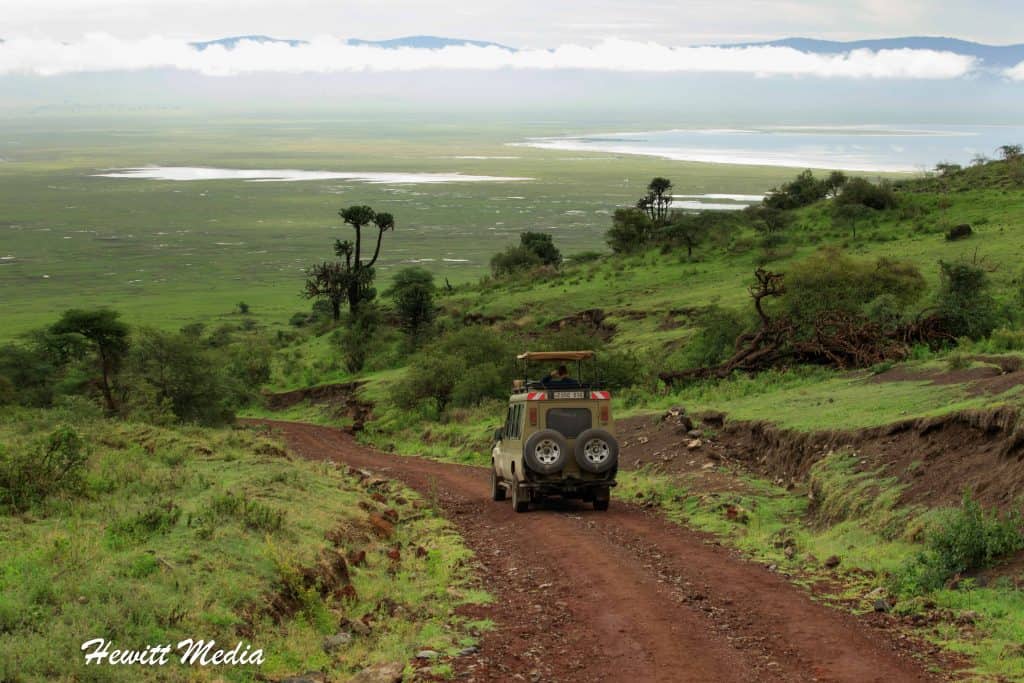
To hit all of the parks on my recommended list, I suggest that you target 6-9 days for your Tanzania safari itinerary, depending on whether or not you want to spend the optional days at the start or end of your trip to visit Kilimanjaro National Park, Arusha National Park, or both.
Using the Tanzania safari itinerary that I outline below, you will be able to hit all six of the parks on my recommended list. Keep in mind, that your permit for the Ngorongoro Crater will only allow you 24-hour access to the crater, so you will want to plan to arrive on night four and spend the night near the crater so that you can start your safari first thing in the morning.
If you would like to plan a shorter trip, I would suggest cutting out a stop at either Arusha National Park, Kilimanjaro National Park, or both. If you would like to spend a longer amount of time on Safari, I would suggest either adding stops at one of the parks not outlined on my itinerary or adding an extra day in the Serengeti.

Tanzania Safari Advice VLOG Episode
Planning a Tanzania safari itinerary is a big undertaking, which is why I am trying to be as detailed as possible when providing my tips on which parks to see, how long to spend there, and what to bring with you on your trip. If you would like to see more of my tips for planning a Tanzania safari itinerary, I would suggest watching my Travel Vlog episode on my Tanzania Safari Advice and Itinerary below.
Tanzania’s Protected Areas
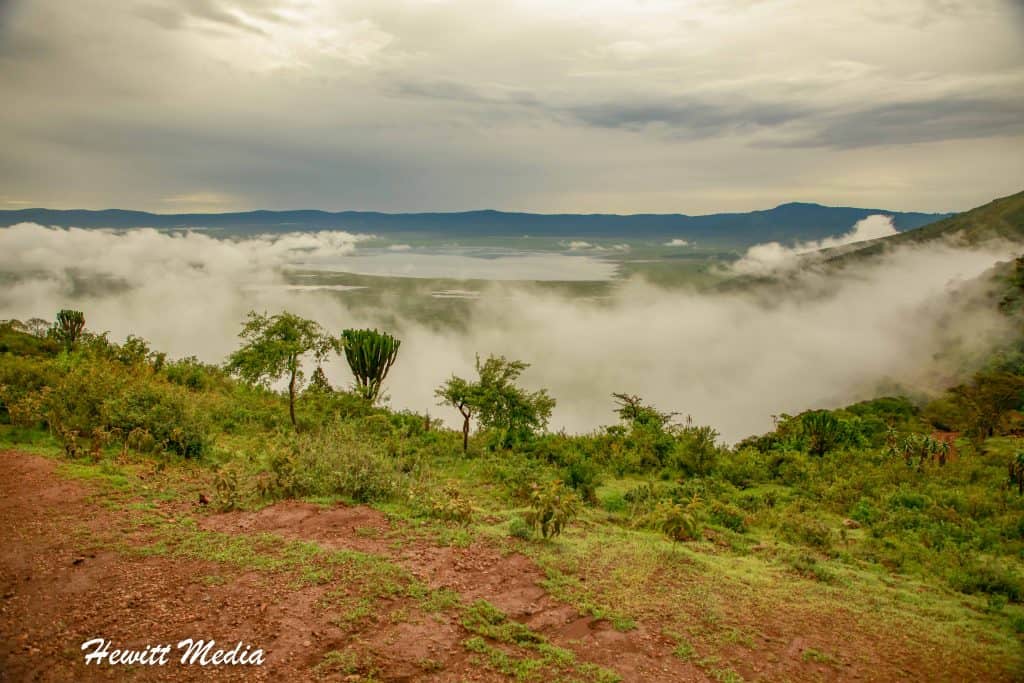
Over the decades, the country of Tanzania has done an incredible job of identifying the most important wildlife areas within its borders and protecting those lands. If you want to go on safari in Tanzania, you certainly won’t have a shortage of destinations to choose from. The country is home to:
- 18 National Parks
- 10 Major Game Reserves
- 2 Marine Park Reserves
- 13 Forest Nature Reserves
- and 3 Game Controlled Areas
While each of the country’s protected areas is spectacular in its own way, I have chosen to focus this Tanzania safari guide on my list of the top parks and conservation areas in Tanzania that I recommend visitors include on their Tanzania safari itinerary.
However, that doesn’t mean that other parks, such as the incredible Katavi or Mikumi National Parks, aren’t worth exploring if you have the time. If you would like an overview of Tanzania’s parks and other protected areas and where they are located, I have included a map below for you to review.
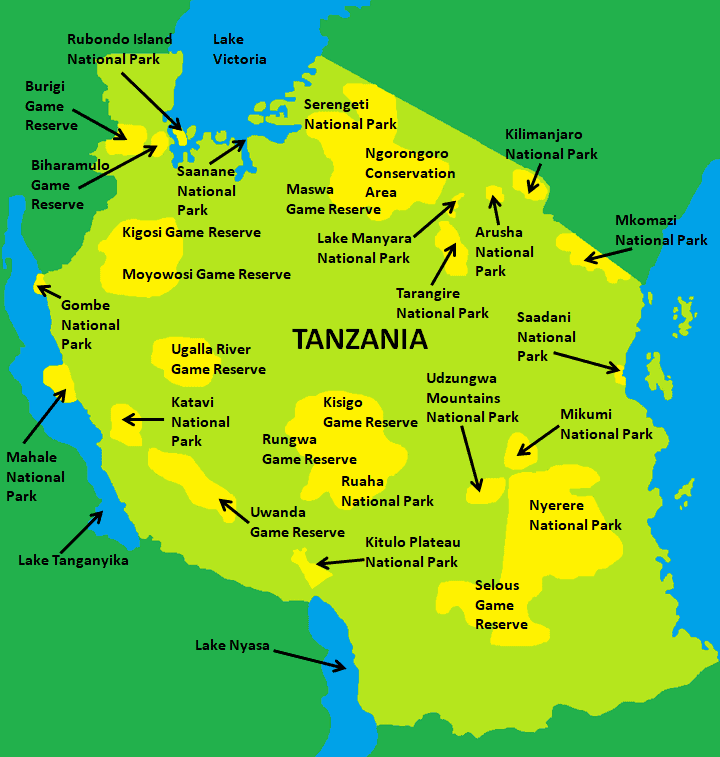
The Top 10 Tanzania Safari Destinations
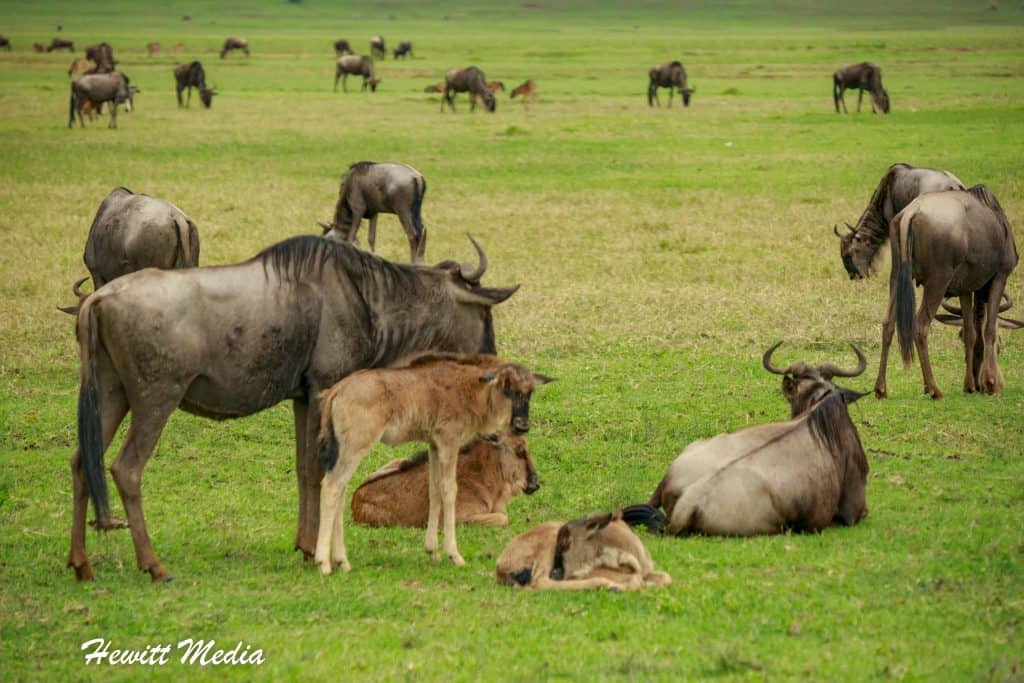
To help you narrow down which parks and wildlife refuges to visit during your safari trip in Tanzania, I have narrowed down the list of options to my Top 10 Wildlife Viewing Areas in the country for you to review. In some cases, I included areas that have very high concentrations of wildlife to see. The Serengeti and Tarangire National Parks fall into this category.
Other locations, like Gombe and Mahale National Parks, were chosen because of the unique wildlife viewing opportunities that they afford travelers.
Finally, parks like Kilimanjaro and Arusha National Parks were chosen both because of their close proximity to the city of Arusha and the unique landscape features that are found within the parks. For an overview of my top 10 recommended safari destinations in Tanzania, please refer to the map below.

Serengeti National Park
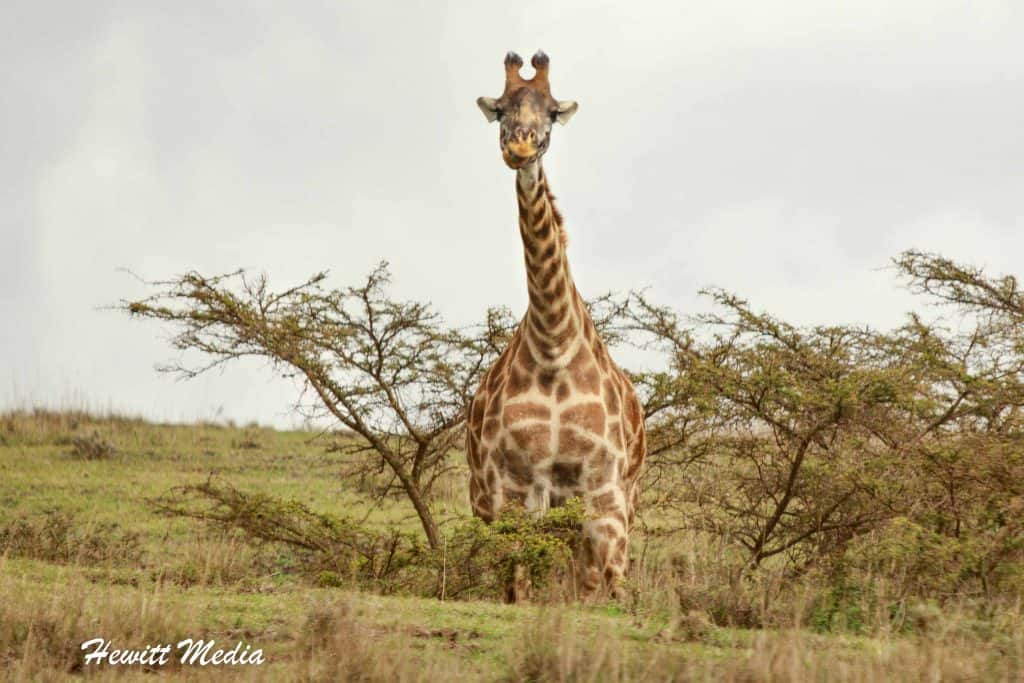
Home to the Great Migration and with the most diversity of wildlife that you will find almost anywhere in Africa, the Serengeti National Park is one of the most iconic wildlife destinations in the entire world. It is one of the most coveted safari destinations in Africa, and for good reason.
It has some of the most authentic wildlife viewing opportunities, is one of the best places to spot Africa’s big predators, has excellent accommodation options, and even offers hot air balloon safaris. Best of all, it is one of the cheapest parks in Tanzania to visit.
If you are going to add the Serengeti to your Tanzania safari itinerary, I would recommend taking the time to tour both the North and the South ends of the park. It is a big park and you will enjoy seeing as much of it as you can. The Serengeti borders the Masai Mara in Kenya, so if you want to really extend your safari itinerary, you can book a tour of the Masai Mara on the tail-end of your Tanzania safari.
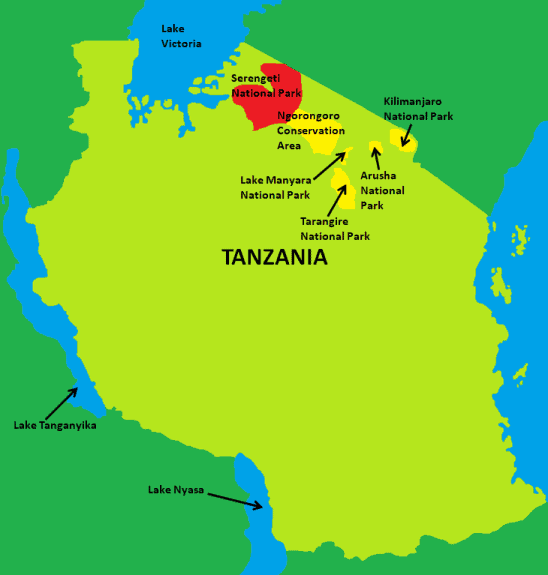 |
Known For: | Famous for the massive wildebeest migration. Most visited park in Tanzania. |
| Getting There: | 4-Hour drive from Arusha. | |
| Positives: | Home to the Great Migration, hot air balloon safaris available, one of the best places to spot Africa’s big predators, excellent accommodation options, one of the cheapest parks in Tanzania. | |
| Negatives: | Very crowded during peak safari season. | |
| Best Time to Visit: | June to July and January to February | |
| Common Animals: | Lions, leopards, spotted yyena, giraffe, elephants, zebra, wildebeest, eland, topi, kongoni, and gazelle. |
| READ MORE: |
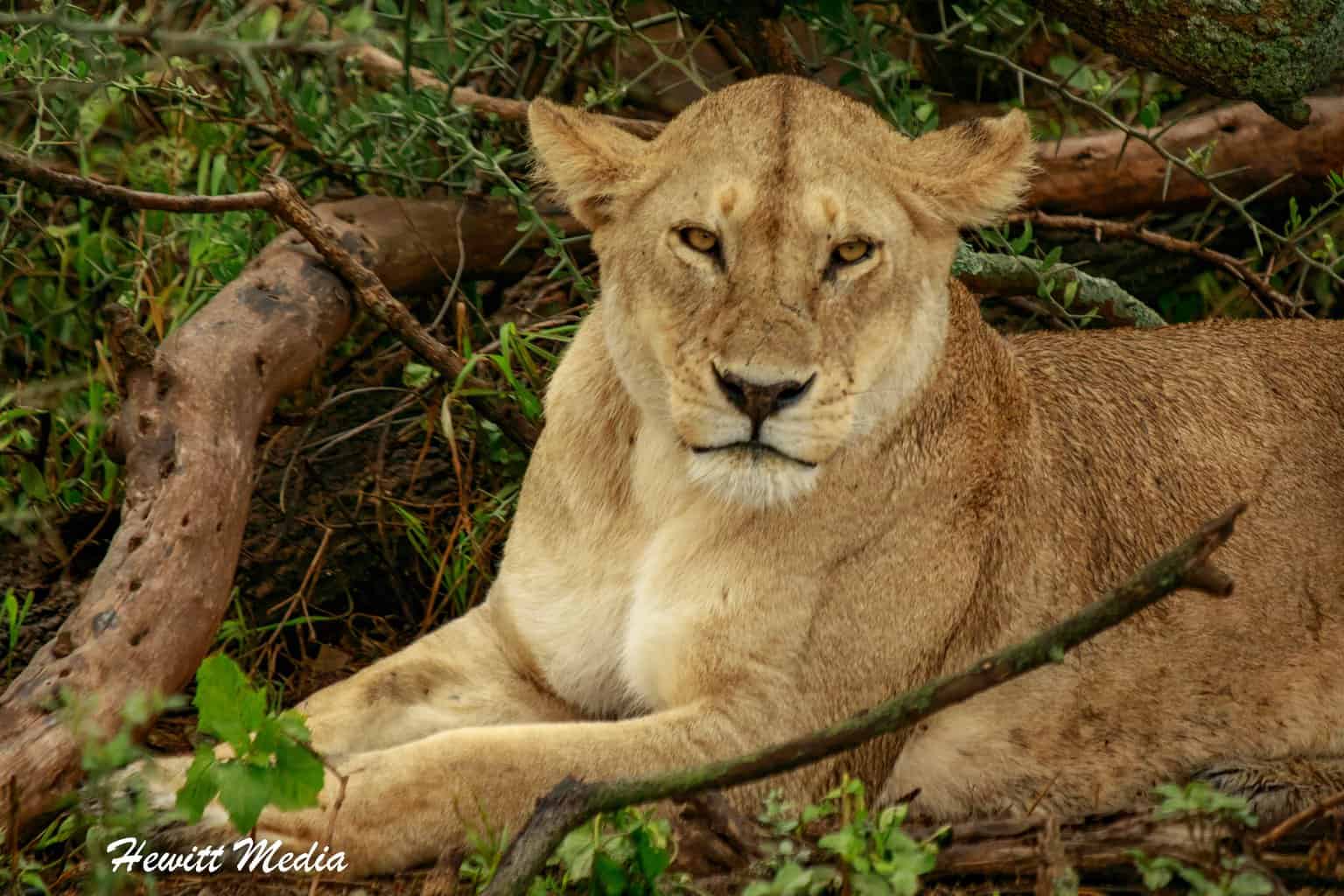 |
| Serengeti National Park Safari Guide |
Ngorongoro Crater Conservation Area
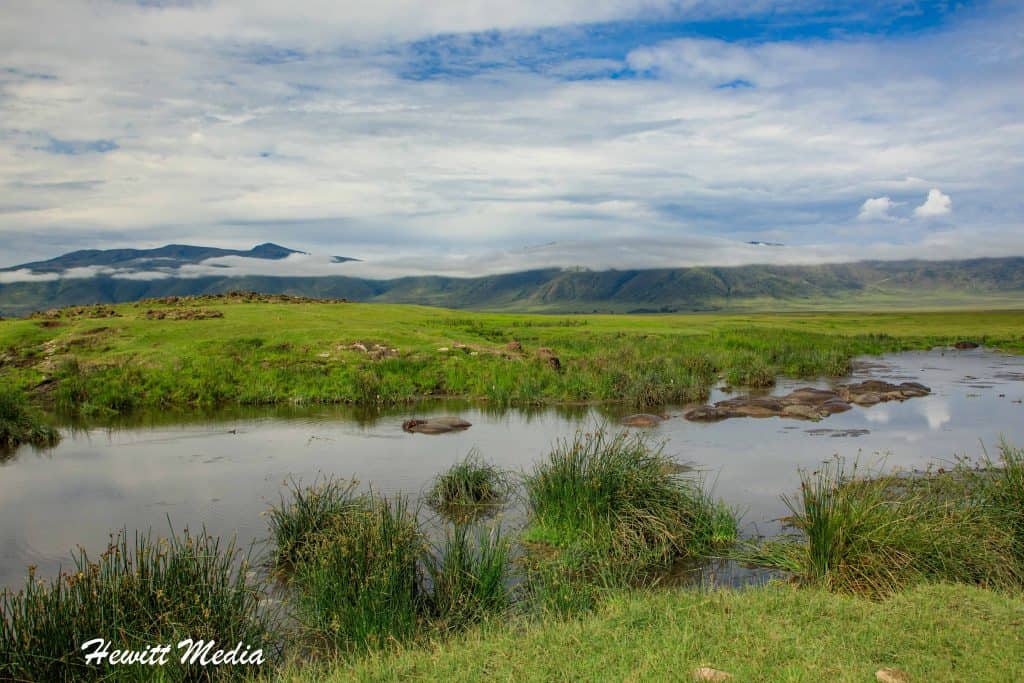
The Ngorongoro Crater is perhaps one of the best places in all of Africa to see all of the Big Five animals of Africa in one day. This includes the increasingly endangered black rhino. Because the crater is protected by steep walls and has available water year-round, the grazing animals in the crater don’t need to migrate.
This attracts all of Africa’s big predators, who can also be found in the crater all year long. The only downside to visiting the crater is that it can get quite busy during the peak safari season, so you will need to be sure to book your safari well in advance if you want to add the Ngorongoro Crater to your Tanzania safari itinerary.
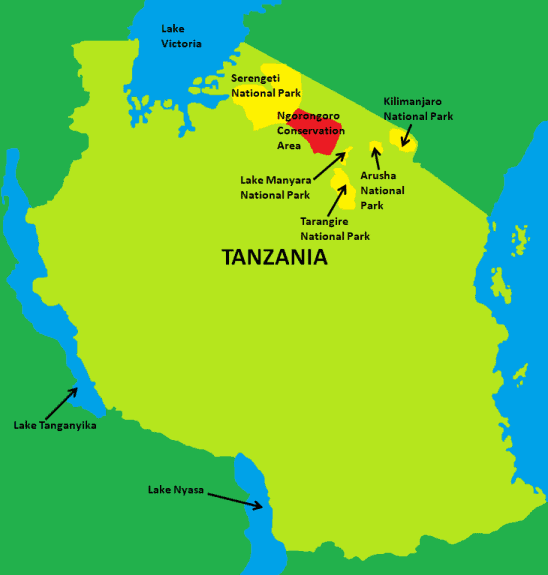 |
Known For: | My number one wildlife viewing destinatio in the world. |
| Getting There: | 4-Hour drive from Arusha. | |
| Positives: | Excellent year-round wildlife viewing, easy to spot the Big 5 animals of Africa, get to see the endangered black rhino, excellent accommodation options. | |
| Negatives: | Expensive and crowded during the peak safari season. | |
| Best Time to Visit: | June to September | |
| Common Animals: | Black rhino, lion, elephant, cheetah, buffalo, spotted hyena, leopard, wildebeest, zebra, gazelle, topi, golden jackel. |
| READ MORE: |
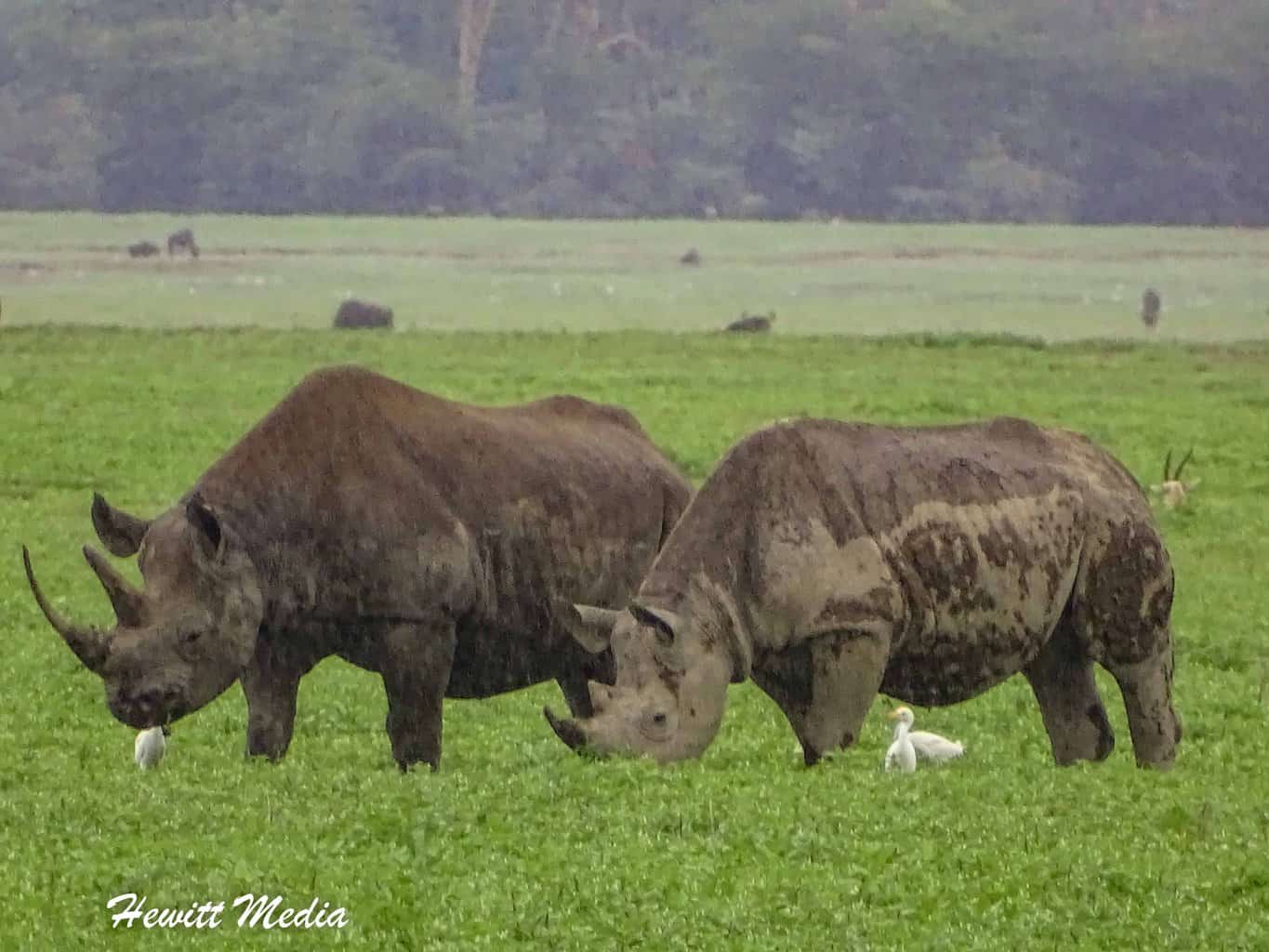 |
| Ngorongoro Crater Safari Guide |
Tarangire National Park
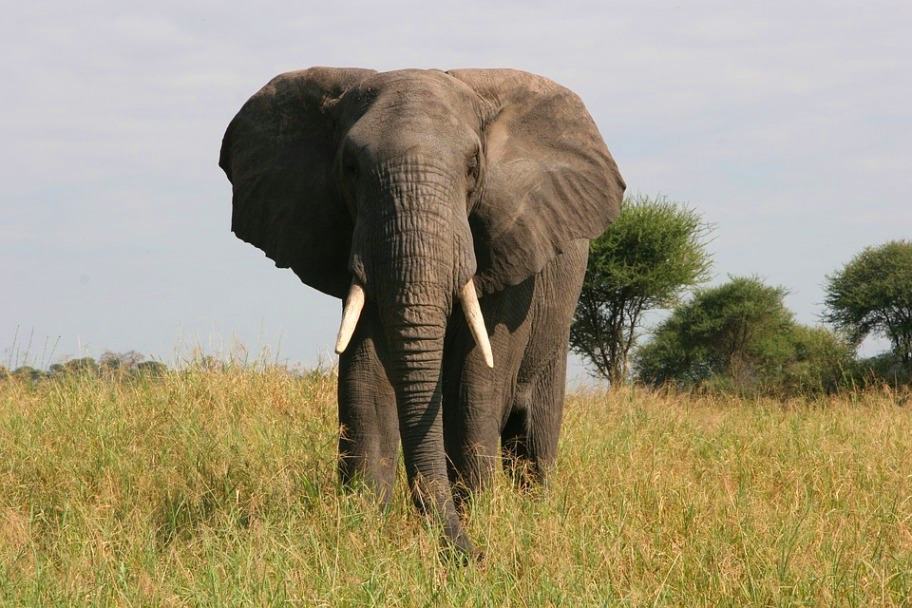
With the second largest concentration of wildlife in Tanzania outside of the Serengeti, Tarangire National Park is definitely a park that you will want to have on your Tanzania safari itinerary. It isn’t located on the traditional safari route, and therefore typically left off the itinerary for shorter safaris.
This means that it is typically much less crowded than the other big parks in Tanzania. During the peak safari season, the wildlife is typically very concentrated within the park, which means there are excellent wildlife viewing opportunities.
The park even offers night safaris, which is an incredible experience. If you want to see Tarangire National Park, I would recommend avoiding the wet season as the wildlife tends to be dispersed inside the big park and can be difficult to spot.
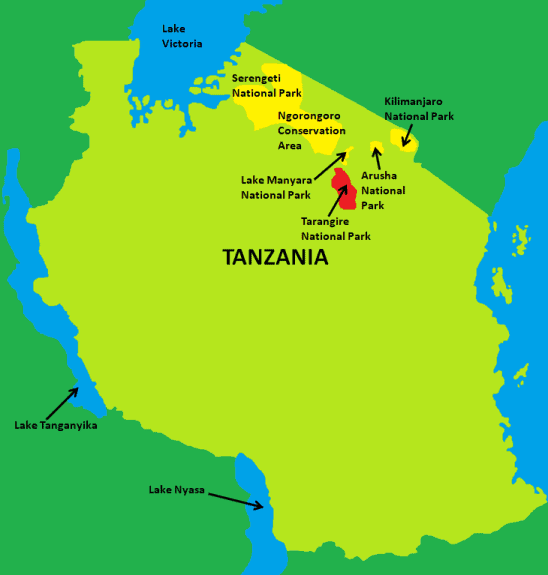 |
Known For: | Largest concentration of wildlife outside the Serengeti. |
| Getting There: | 2-hour drive from Arusha. | |
| Positives: | Night safaris and walking safaris available, abundance of accommodation options, abundance of wildlife viewing opportunities, and stunning landscapes. | |
| Negatives: | Animal sightings are difficult during the wet season and the park gets crowded during peak safari season. | |
| Best Time to Visit: | July to October | |
| Common Animals: | Elephant, lion, leopard, cheetah, giraffe, buffalo, widebeest, impala, gazelle, hartebeest, and eland. |
Lake Manyara National Park
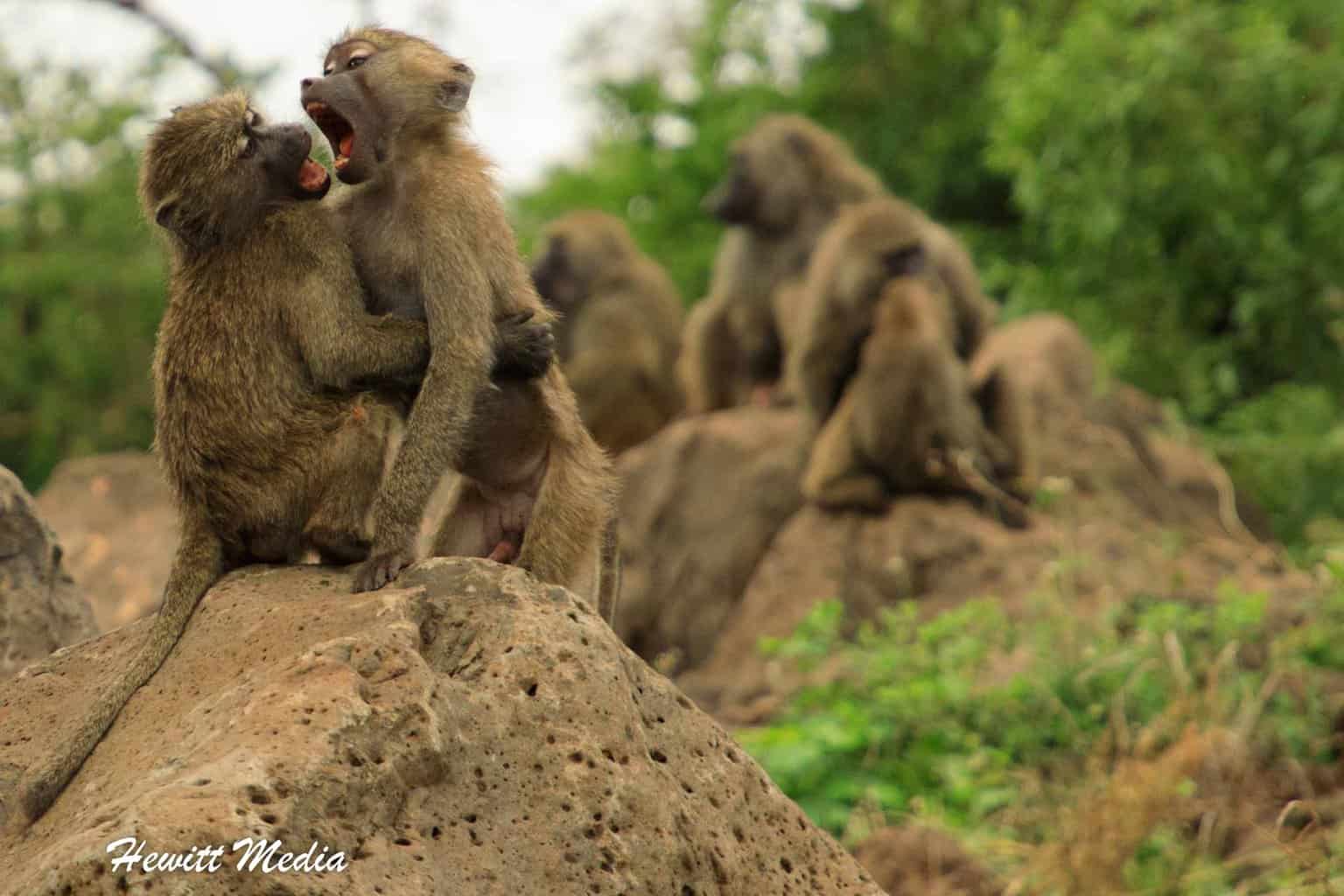
What Lake Manyara National Park lacks in size, it makes up for in the show. There are as many as 11 different ecosystems within this small national park, which means there is a wide variety of wildlife that calls the park its home.
The big draw in Lake Manyara is the famous tree-climbing lions. Few other places in Africa can you see lions who climb as often as at Lake Manyara. In my opinion, that alone is worth adding Lake Manyara to your Tanzania safari itinerary.
However, one of the more underrated aspects of the park is that it offers probably the best opportunity in Tanzania to see elephants up close. The wildlife in the park is typically concentrated in small pockets, which makes getting close much easier.
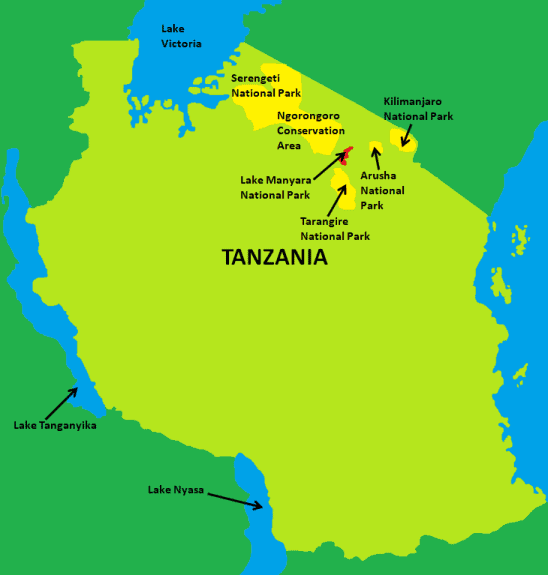 |
Known For: | Tree-climbing lions. |
| Getting There: | 2-hour drive from Arusha. | |
| Positives: | Night safaris and hiking available, famous tree-climbing lions, excellent bird watching, close elephant viewing, and great concentration of wildlife. | |
| Negatives: | Very crowded during the peak safari season. | |
| Best Time to Visit: | July to October | |
| Common Animals: | Elephant, buffalo, lion, hippopotamus, impala, giraffe, zebra, wildebeest, bushbuck, leopard, and many bird species. |
| READ MORE: |
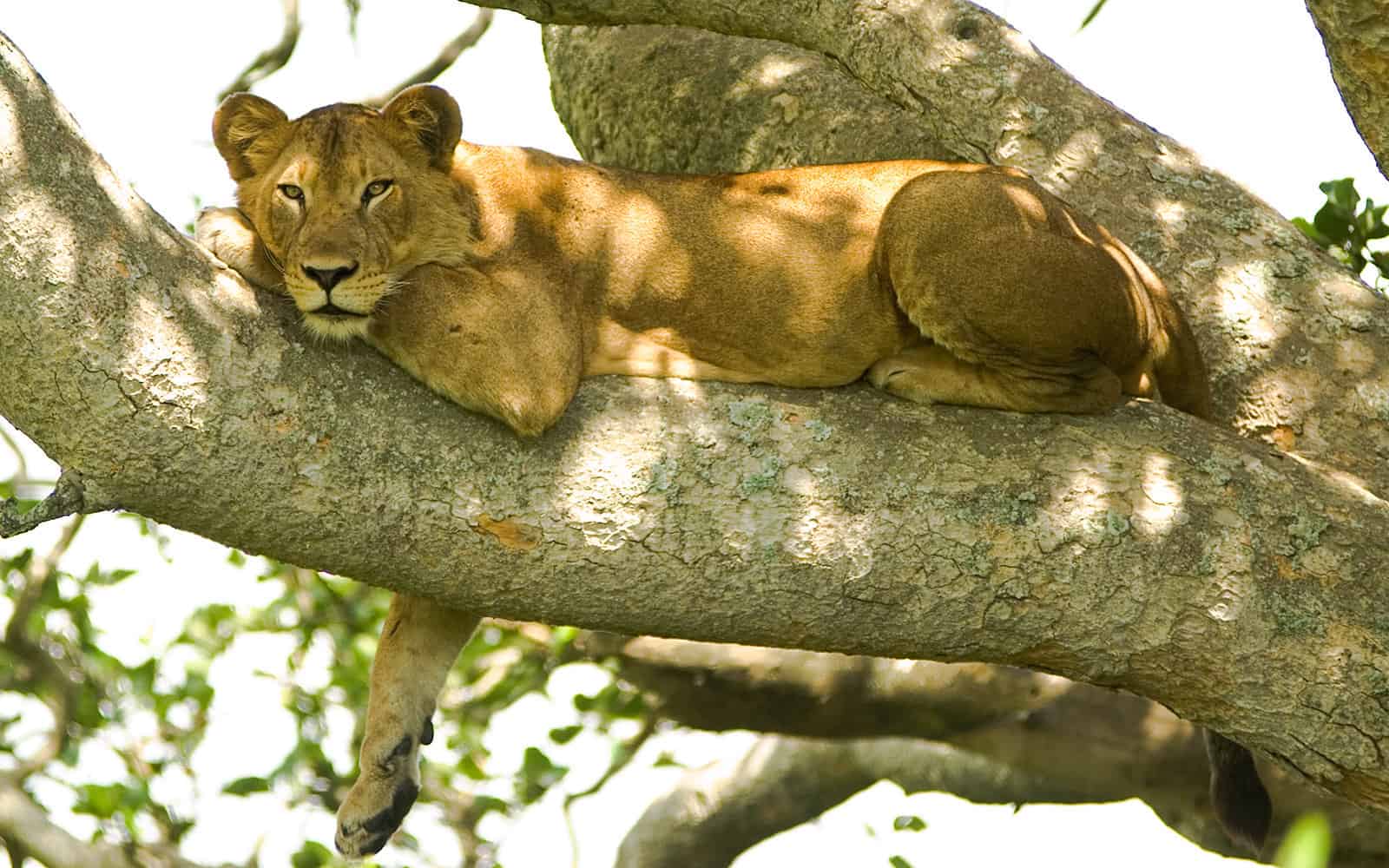 |
| Lake Manyara Safari Guide |
Kilimanjaro National Park
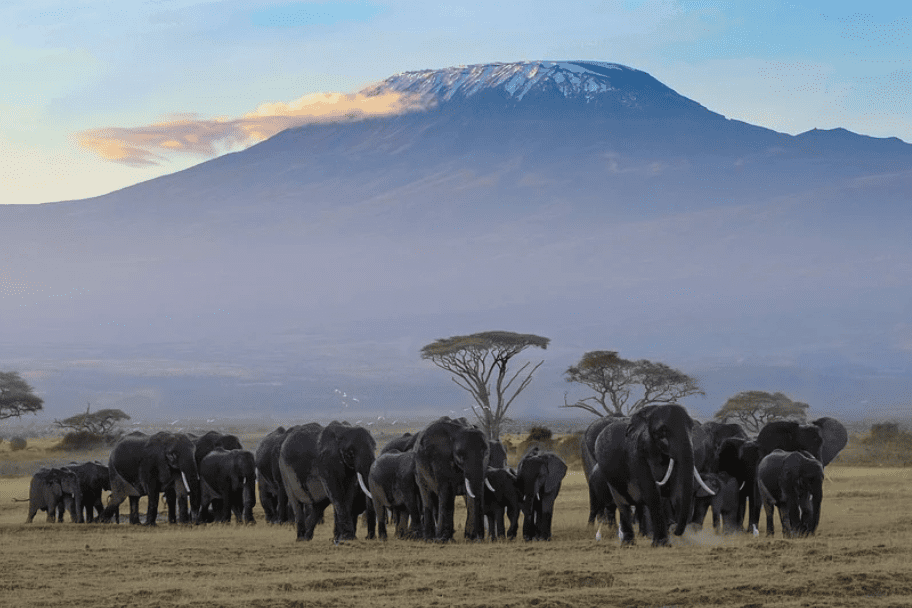
Home to Africa’s tallest mountain and the world’s tallest free-standing Mountain, Kilimanjaro National Park is a park unlike others that you will find in Tanzania. Most who visit the park do so to climb the mountain, but it is also a decent safari location if you are looking to add on a park either at the beginning or end of your Tanzania safari itinerary. It is far less likely that you will spot any of Africa’s big predators, such as lions, in the park, but you do have a good chance of seeing other wildlife.
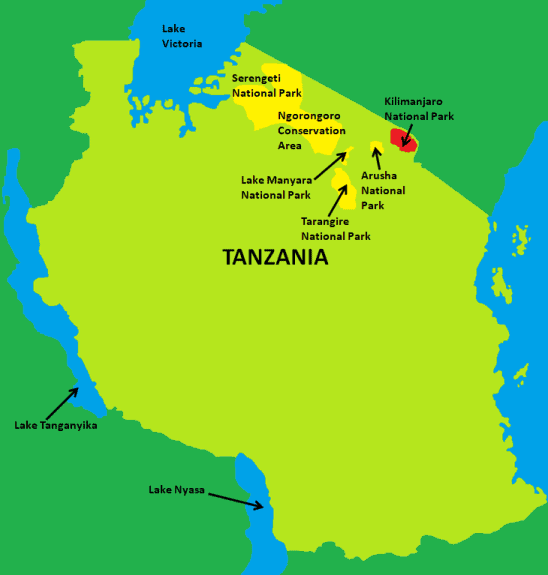 |
Known For: | Home to the tallest mountain in Africa. |
| Getting There: | 2.5-hour drive from Arusha. | |
| Positives: | Can climb Africa’s highest mountain and the world’s highest free-standing mountain. | |
| Negatives: | Not likely to see many of Africa’s big predators. | |
| Best Time to Visit: | July to October | |
| Common Animals: | Abbott’s duiker, grey duiker, red forest duiker, bushbuck, eland, elephant, leopard, buffalo, and several monkey species. |
Arusha National Park
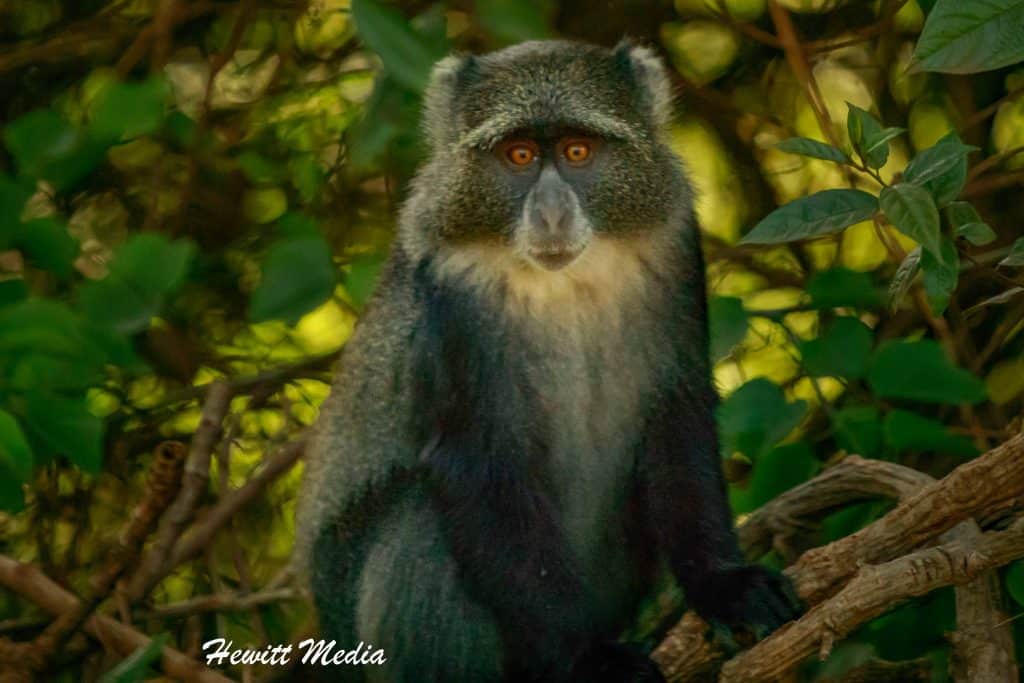
One of the biggest draws to visiting Arusha National Park is its proximity to the city of Arusha and Kilimanjaro National Airport, which makes it a great option if you would like to add on a park either at the beginning or the end of your Tanzania safari itinerary.
It is relatively easy to get to and has some truly breathtaking landscapes that you can explore. One of my favorite spots inside the park is the giant fig tree that has a tunnel carved in it you can actually drive your car through. The park may not offer as good of opportunities to lions as other parks, but you do have a great chance of spotting other wildlife.
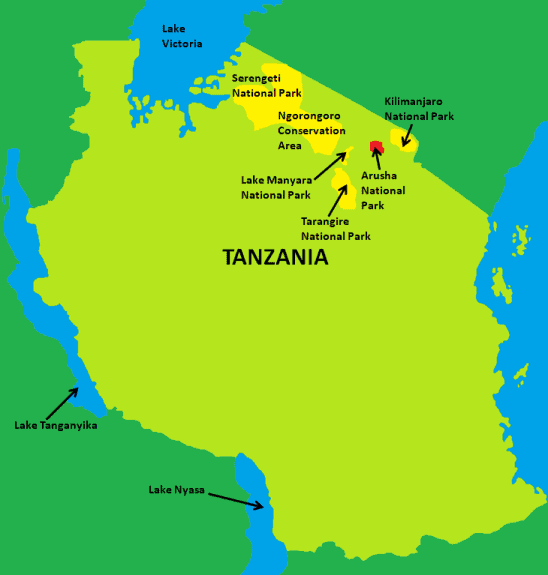 |
Known For: | Home to over 400 bird species. |
| Getting There: | 1.5-hour drive from Arusha. | |
| Positives: | Very close to Arusha, beautiful landscapes and proximity to Mount Meru, and a giant fig tree you can drive thru. | |
| Negatives: | You are not likely to see lions. | |
| Best Time to Visit: | July to October | |
| Common Animals: | Giraffe, buffalo, elephant, zebra, dik-dik, hippopotamus, waterbuck, warthog, leopard, eland, spotted hyena, klipspringer, baboon, and several monkey species. |
| READ MORE: |
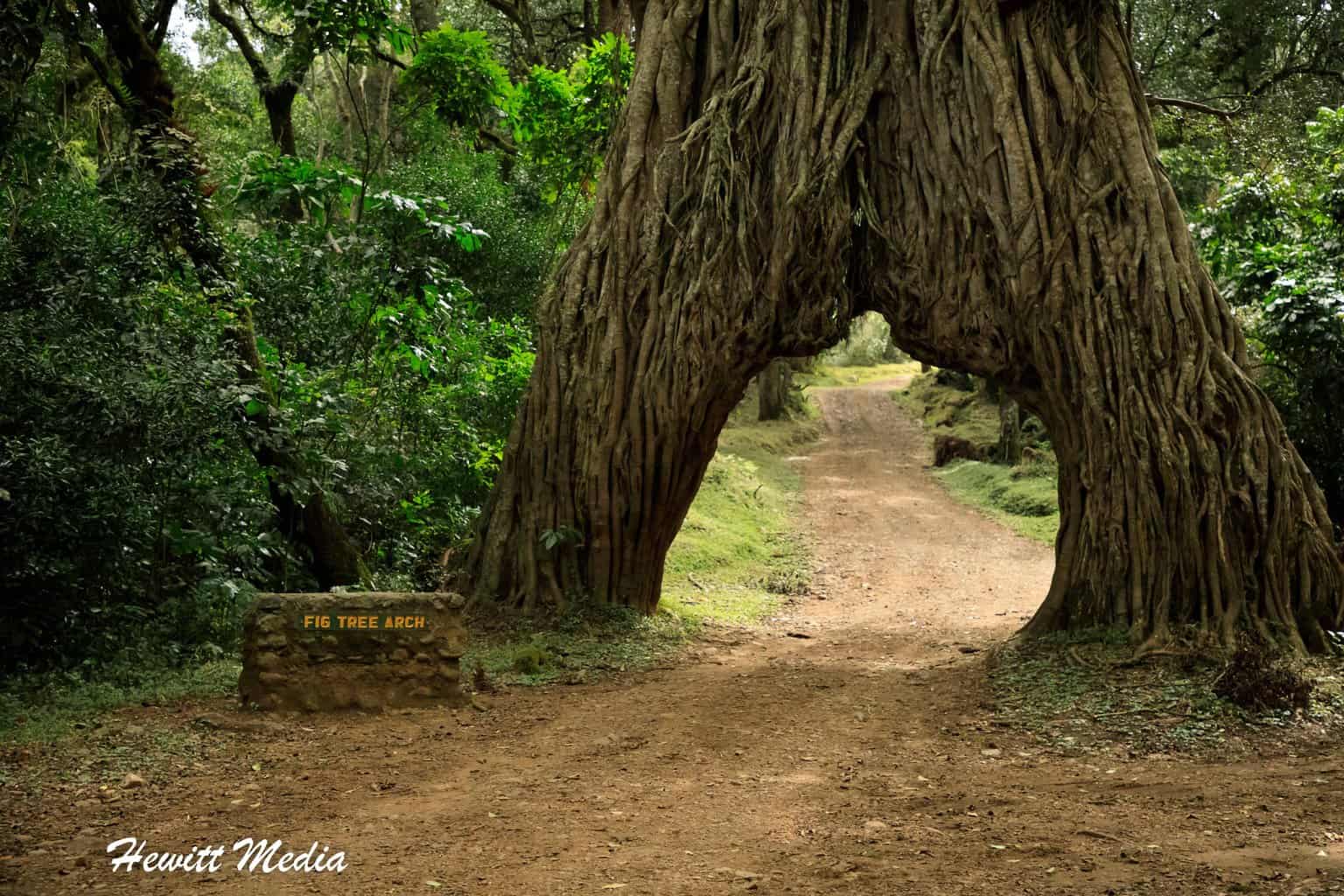 |
| Arusha National Park Safari Guide |
Gombe Stream National Park
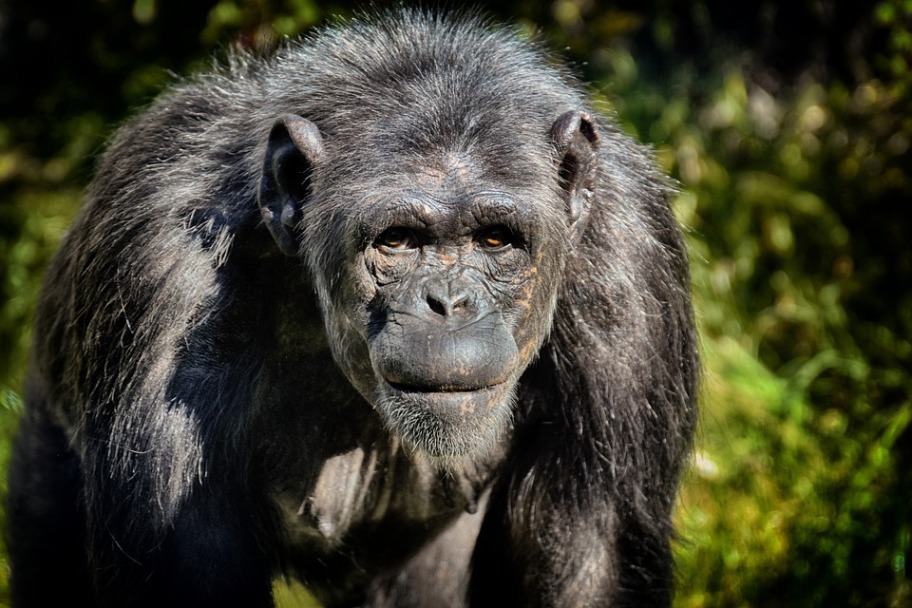
Although Gombe Stream National Park is one of Tanzania’s smallest parks, it offers visitors some unique and spectacular wildlife viewing opportunities. Made famous by Jane Goodall, who performed much of her Chimpanzee research in the park, Gombe National Park is one of the best places in Tanzania to spot wild Chimpanzees.
Because of its remote location, you will either need to take a long bus or car ride from Arusha to get to Gombe National Park or take a bush flight. The park typically isn’t crowded, which is a perk, but the amount of accommodations is limited. Because of this, you will want to book your stay well in advance if you want to add Gombe Streams National Park to your Tanzania safari itinerary.
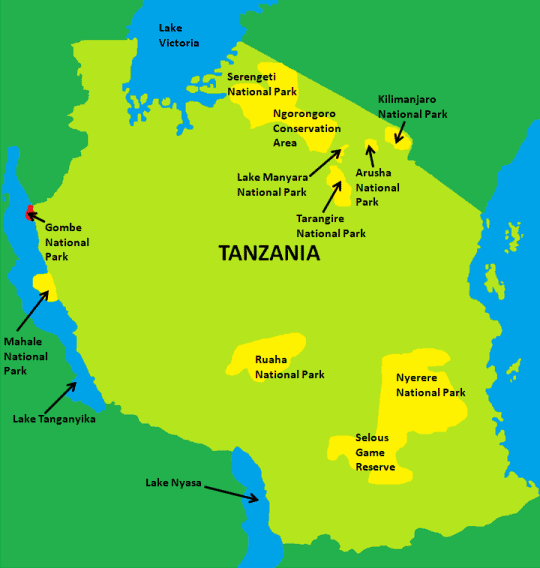 |
Known For: | Jane Goodall studied there. |
| Getting There: | 34-hour bus ride or a bush flight. | |
| Positives: | Common to see chimpanzees, hiking available, and usually not crowded. | |
| Negatives: | There are not a lot of accommodation options. | |
| Best Time to Visit: | July to October | |
| Common Animals: | Chimpanzees, vervet monkeys, olive baboons, blue monkeys, red colobus monkeys, white-tailed monkeys, bushbuck, bush pigs, and leopards. |
Mahale Mountains National Park
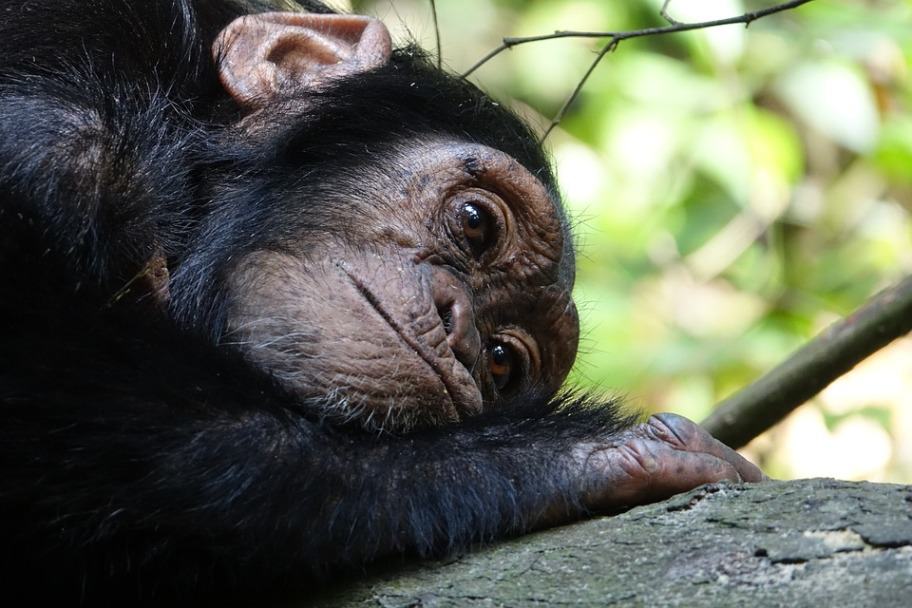
One of the most underrated national parks in Tanzania is undoubtedly the incredible Mahale Mountains National Park. In addition to having the best Chimpanzee tracking experience in all of Tanzania, the park also offers fishing and kayaking tours, spectacular beaches to enjoy, and a greater variety of wildlife for visitors to see than nearby Gombe National Park.
However, its remote location means that you will either need to take a long car ride or a bush flight to get to the park and the accommodations near the park are limited. In addition, Mahale Mountains is also one of the more expensive parks in Tanzania to visit. Because of the limited accommodations, you will want to be sure to book your safari well in advance if you want to add Mahale Mountains National Park to your Tanzania safari itinerary.
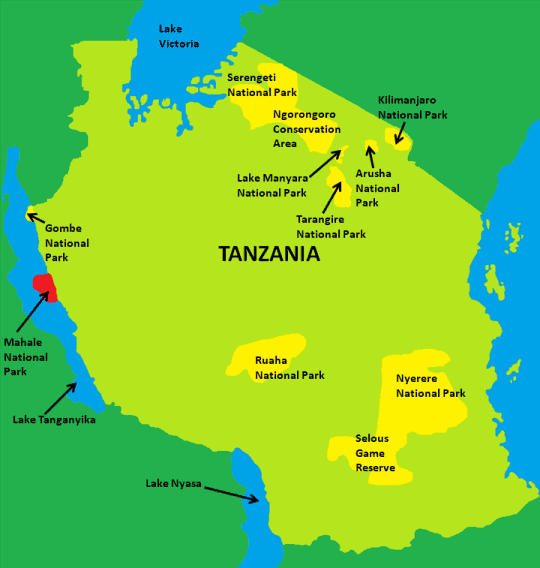 |
Known For: | Best chimpanzee viewing in Tanzania. |
| Getting There: | 2-3 days by car and boat or by bush flight. | |
| Positives: | Great chance of seeing chimpanzees, hiking available, exclusive and not crowded, fishing and kayaking available, and amazing beaches. | |
| Negatives: | Very expensive and difficult to get to and accommodations are limited. | |
| Best Time to Visit: | June to October | |
| Common Animals: | Chimpanzees, red colobus monkeys, antelope, red-tailed monkeys, blue monkeys, warthog, bushbuck, hippopotamus, crocodiles, and leopards. |
Ruaha National Park
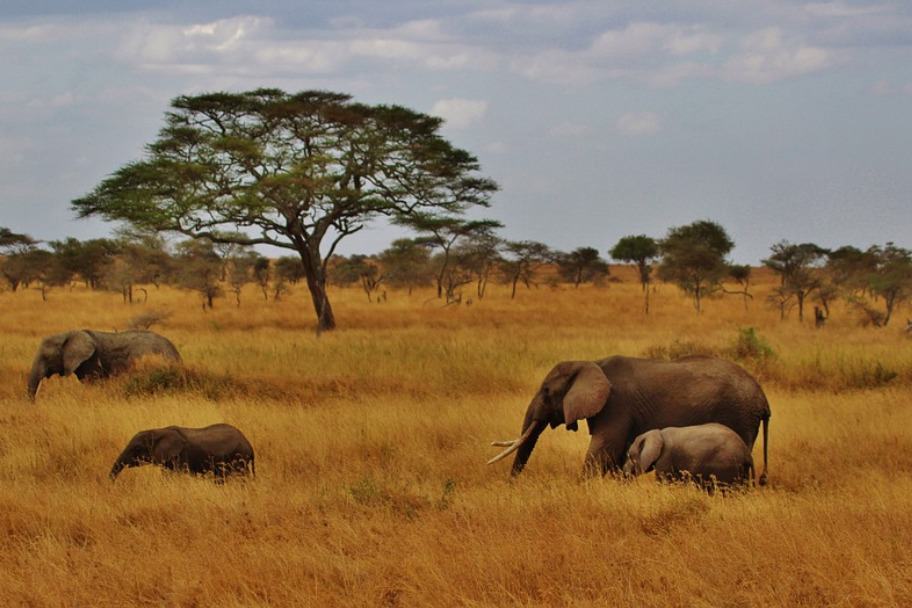
While it is no longer Tanzania’s largest Park, the beautiful Ruaha National Park still offers visitors some of the wildest and most authentic wildlife encounters in Tanzania. The park is famous for its breathtaking beauty, incredible ancient baobab trees, picturesque rivers, and dramatic landscapes.
If you are coming to Tanzania to see African Wild Dogs, which are quite rare, then adding Ruaha National Park to your Tanzania safari itinerary may be your best bet to see them. The park is also home to some unusual antelope species that are harder to find in some of the country’s other parks.
Because of its relatively remote location, Ruaha National Park doesn’t get as busy as the more famous parks in Tanzania. However, the park also doesn’t have as many accommodation options as the busier parks do. Because of that, you will want to book your safari in Ruaha well in advance to ensure you have a place to stay.
When you visit, I will make sure to target the dry season in Tanzania. During the wet season, wildlife can be much more difficult to spot because the animals are not congregating around watering holes.
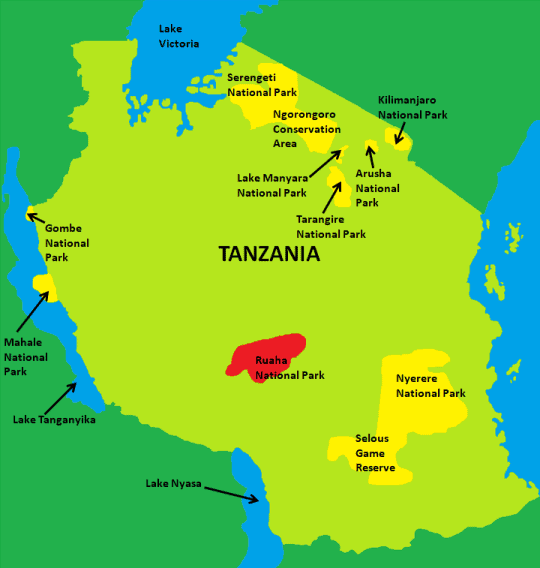 |
Known For: | Best destination in Tanzania to see African wild dogs. |
| Getting There: | Flight from Arusha or Dar es Salaam. | |
| Positives: | Fly camping trips available, great African wild dog viewing, guided walking safaris offered, wide variety of antelope species, and not as crowded as other parks. | |
| Negatives: | The park is remote, there is a lack of low-cost accommodations, and it is difficult to spot animals during the wet season. | |
| Best Time to Visit: | June to October | |
| Common Animals: | African wild dlogs, giraffe, greater kudu, sable antelope, lesser kudu, zebra, impala, bushbuck, buffalo, hartebeest, gazelle, waterbuck, elephant, lions, cheetahs, and leopards. |
Nyerere National Park
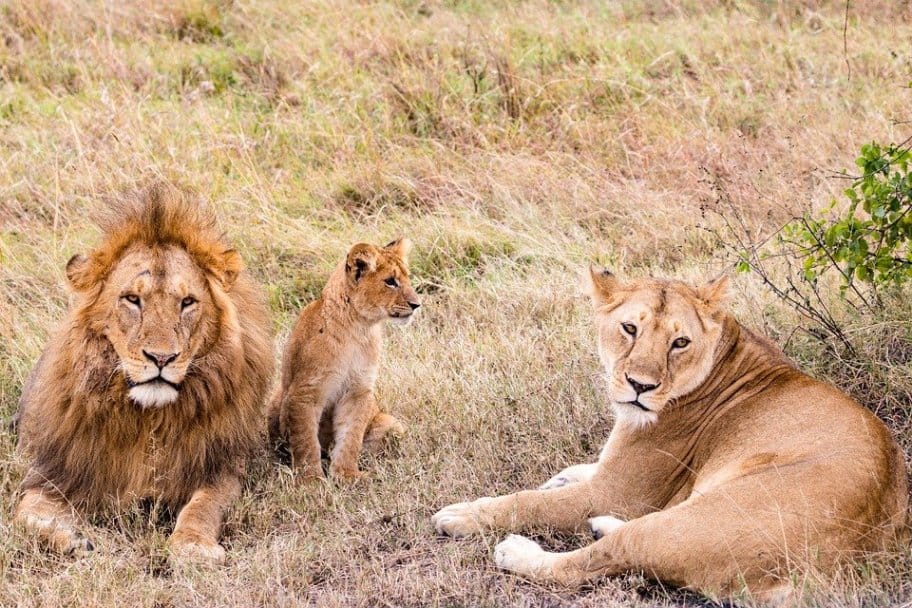
One of the newest national parks in Tanzania, Nyerere National Park is now also the country’s largest. It was formed from a large portion of what was the northern region of the Selous Game Reserve. The large expanses of raw African wilderness in the park really showcase the beauty of the African savannah.
If you love elephants, then you will definitely want to add Nyerere National Park to your Tanzania safari itinerary as it is one of the best places in Tanzania to witness the annual elephant migration. If you visit during the right time of year, you will get to see thousands of elephants in the park.
Nyerere National Park is Very Remote
The park is rather remote, so you will either need to take a long drive or bush plane to get there, so plan accordingly if you want to visit. The park is also in a malarial region of Tanzania, so you will want to ensure that you have proper mosquito netting and insect repellent for your safari.
When you visit, I will make sure to target the dry season in Tanzania. This is another park where wildlife can be much more difficult to spot because the animals are not congregating around watering holes during the rainy season.
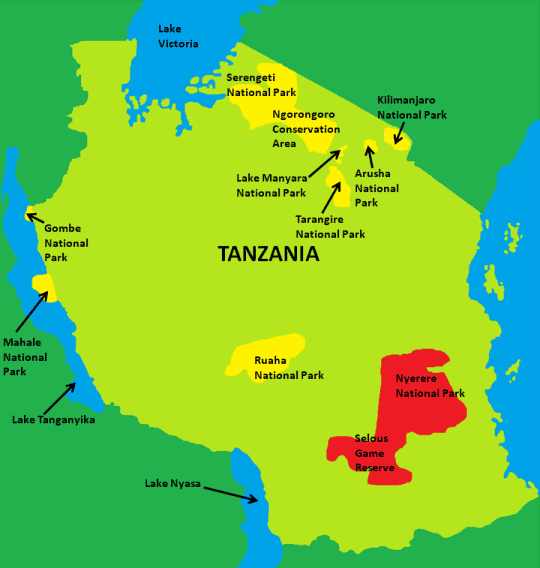 |
Known For: | Elephant migration area. |
| Getting There: | Flight from Arusha or Dar es Salaam. | |
| Positives: | Great place to spot African wild dogs, there are elephant migration boat safaris available, excellent wildlife viewing, common lion sightings, and excellent accommodation options. | |
| Negatives: | It is difficult to spot wildlife during the wet season, during the peak safari season the park tends to get crowded, and the wildlife circuit is small. | |
| Best Time to Visit: | June to November | |
| Common Animals: | Elephant, wild dog, crocodile, spotted hyena, hippo, black colobus monkey, antelope, bushbuck, sickle-horned sable, reedbuck, waterbuck and curly-horned greater kudu. |
Don’t Forget to Subscribe to My Adventures!
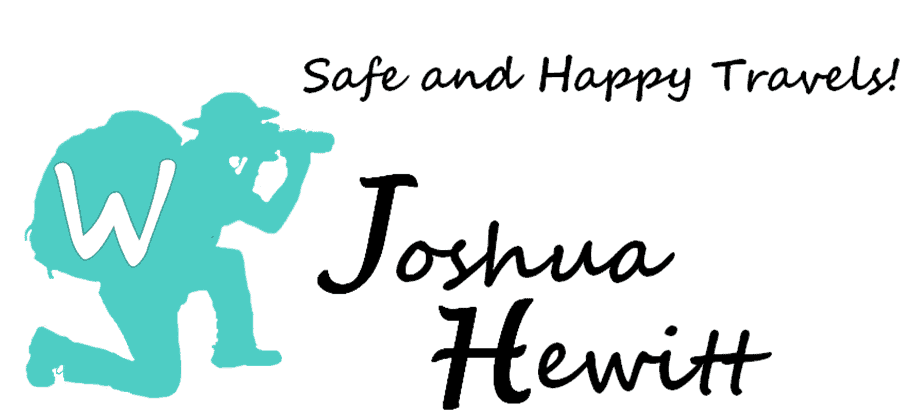
Let Me Help You Save On Your Next Adventure!
‘Start Exploring Today’ Merchandise Available Now!




















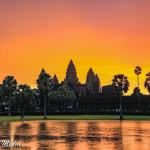
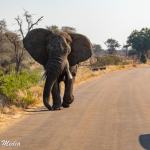
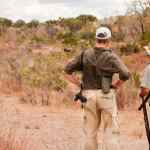


Thanks for sharing this informative blog with us. This blog will help us while travelling in Tanzania. There is no need to find national parks because you share all the information about national parks in this blog.
No problem! I am so happy to help! Safe travels!! 😄